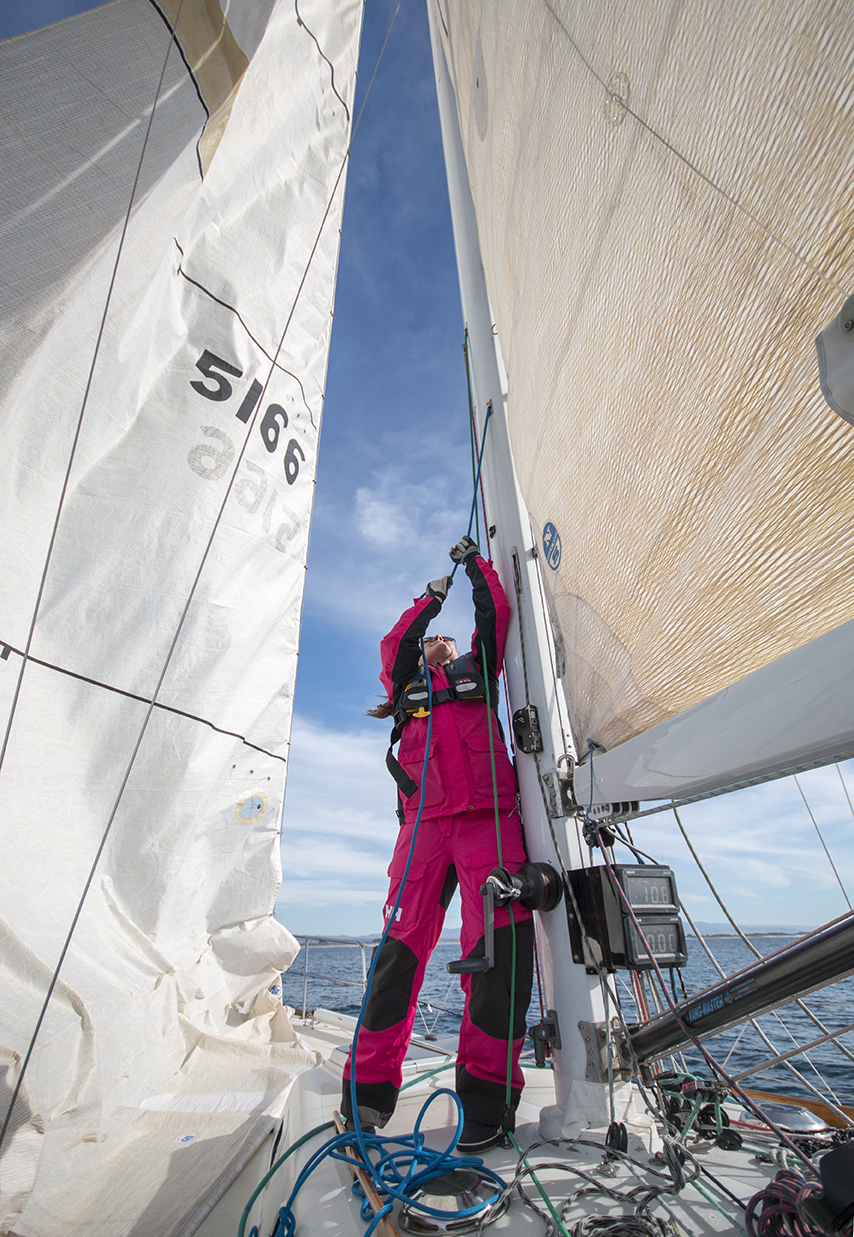
Fall has arrived.
Boating weather may range from freezing conditions for New England frostbite to very hot and humid tropical weather for offshore fishing in Miami or cruising in California.
Staying comfortable means staying safe.
Wearing layered clothing helps keep you dry and comfortable, because each layer is only required to do one thing well. A hydrophobic wicking layer of long underwear worn next to the skin disperses perspiration outward. A middle insulating layer traps warm air, providing a barrier from cold outside air or fabric, and helps funnel moisture to the weather protection layer. The breathable outside layer uses hydrophilic, water vapor absorbing coatings or microporous membranes like a heat-driven water pump, allowing water vapor molecules to escape. Solid water molecules are blocked, along with wind, from entering. With each layer performing its designed function you stay dry, warm and alert, however hostile the outside environment.
Many boaters have no incentive to spend more for high-tech synthetic socks, and will instead wear cotton. The problem with this approach is that cotton retains moisture, and it is this moisture that causes friction and blisters. For years, many in the healthcare field recommended all-cotton socks to prevent foot problems. This is the biggest myth out there! Cotton absorbs moisture and in socks, that moisture stays next to the foot creating an ideal environment for bacteria and fungi to grow, and for blisters to form. Stay away from all-cotton socks!
The extremities, especially the head and neck, are where most of the body's heat loss takes place, so protection is critical for the head, neck, hands and feet as well.
Based on an article by By Tom Burden